Istanbul is the largest city in Turkey and one of the largest in Europe. It’s also the administrative capital of the Istanbul province, one of the 81 that Turkey is divided into.
Istanbul is divided into two by the Bosphorus strait, with one half in Asia and the other in Europe.
The long history, and permanent economic activity in the city is due to its location at the crossroads of two civilisations: the Mediterranean civilisations of Rome and Greece, and the Eastern empires coming from Asia.
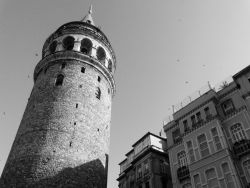
Up until the year 330 Istanbul was known as Byzantium, and then until 1453 Constantinople. Its current name of Istanbul only came into being on the 28th March 1930.
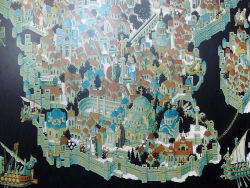
Istanbul was the capital of the Eastern Roman Empire, and later of the Ottoman Empire. On the 29th October 1923 the Turkish Republic was proclaimed, and the capital of the new country was moved to Ankara.
The vast majority of the city’s population is Muslim, with minority populations of Christians and Jews. From a religious point of view, it is also the headquarters of the Ecumenical Patriarch of Constantinople, head of the Orthodox Church.
In 1985 the city was declared a UNESCO World Heritage Site.
Origins: Byzantium
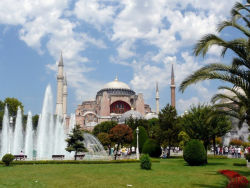
Byzantium was founded on the European bank in the year 667 B.C. by Greek settlers from Megara, who settled in a deep and well-protected gulf known as the Golden Horn.
In the 5th Century B.C. the city was occupied and destroyed by the Persians, to be reconstructed by the Spartan Pausanias in 479 B.C. In 409 B.C. it fell into the hands of the Athenians, but four years later they were conquered again by the Spartans until the Athenian reconquest in 390 B.C.
Byzantium formed a part of Alexander the Great’s Macedonian Empire, until the year 279 B.C. when the Celts imposed a tribute, it was relatively independent.
The Roman Empire
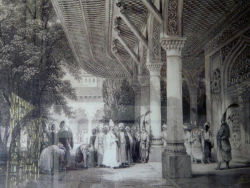
In 191 B.C. it was recognised as a free city, although in 100 B.C. it was taken as a possession of the Republic.
In 197 B.C. the emperor Septimus Severus sacked the city and destroyed its walls, but later decided to reconstruct them in the image of other Eastern colonies, doubling the walled area in the process.
The Byzantine Empire

Constantine the Great began to build a new Rome in 324 and in 330 it was consecrated as Constantinople, becoming the capital of the Eastern Roman Empire, known as the Byzantine Empire.
For its inhabitants, it was always a Roman capital. Built upon seven hills, as Rome was, it was divided into fourteen regions ten of which were inside the walls. The first Hagia Sophia cathedral, built by Constantine II next to the Grand Palace and consecrated in the year 360, was severely damaged in 532, which led Justinian to build a new cathedral.
Due to its strategic position between Europe and Asia, Constantinople controlled the route between these two continents and passage between the Mediterranean and the Black Sea. That meant that for centuries it was the major medieval urban centre in Europe, while the Western part of the Roman Empire was engulfed in a profound political, economic and demographic crisis.
The city grew, from 30,000 inhabitants in the time of Septimus Severus to be home to 400,000 during the reign of Justinian.
In the 9th and 10th centuries, with the East-West Schism in the Catholic Church, Constantinople began another renaissance period, and the city continued to be an important cultural and commercial centre in the Mediterranean.
Constantine XI, the last emperor, died defending the city, and it was known as Constantinople until the fall of the Roman Empire in 1453 and in Europe until the 20th century, when the name became known as Istanbul.
The Ottoman Empire
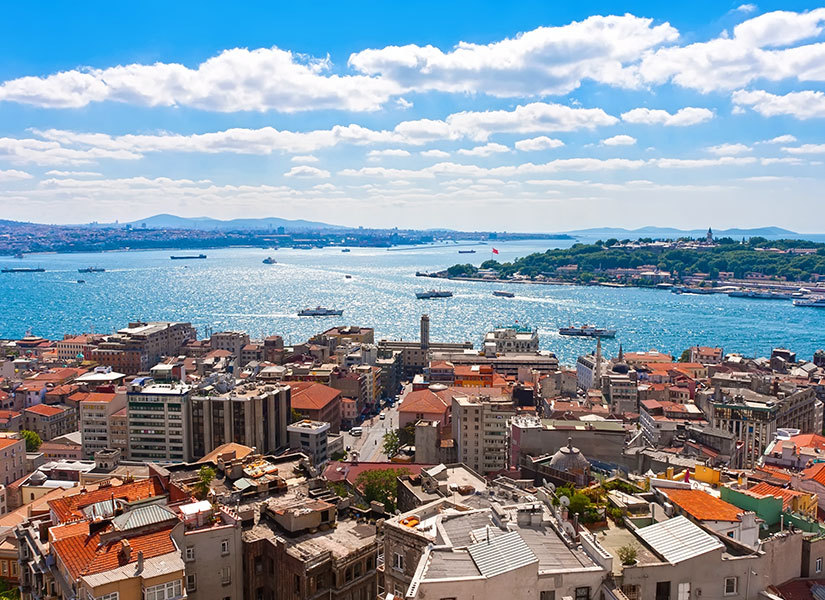
After long years of conflict with the Turks, who had already conquered the rest of the Bizantine empire, Constantinople fell to Mehmed the Conqueror on the 29th May 1453, and the Hagia Sophia was transformed into a mosque. This date marked the end of the middle ages.
During this period the city underwent a profound cultural transformation, as it changed from a Byzantine Imperial city to an Ottoman one, and from Orthodox Christianity to the Islamic religion. Although some churches were converted into mosques, many were conserved and new mosques were built on the outskirts of the city to commemorate the reign of the sultans.
The Turkish Republic
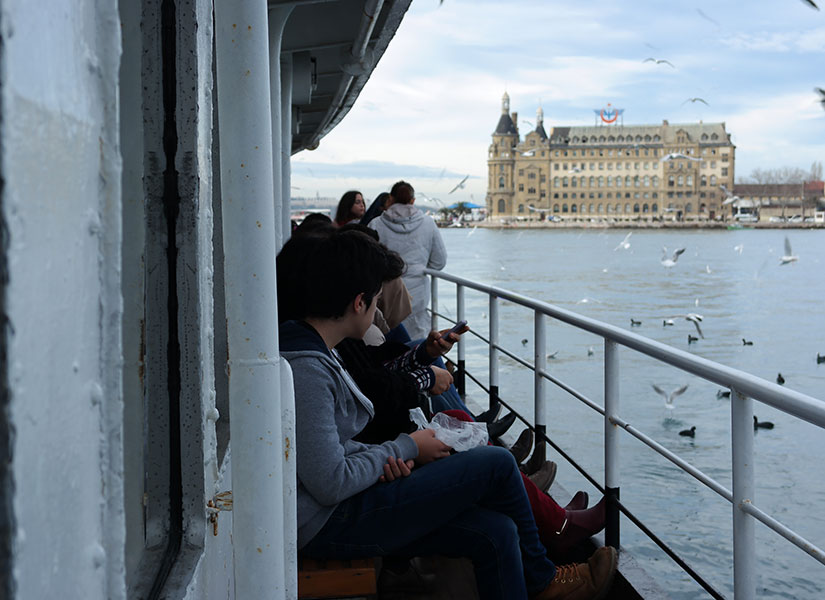
On the 29th October 1923, Mustafa Kemal Atatürk established the Turkish Republic, and the capital moved to Ankara.
In 1930 Istanbul officially adopted its current name. And in the 1950s and 60s came a great structural change. A large number of Greek descendants, belonging to the large Greek community left for Greece after attacks on the Armenian, Greek and Jewish communities in 1955.
In the 1960s, at the cost of a number of historic buildings, Istanbul built a modern public transport network.
in 1963 the Ankara Accord was signed, the first step in their process of integration into the European Union.
During the 1970s Istanbul experienced major demographic growth due to emigration from Anatolia, and the offer of work in the many factories built in the outskirts of the city. This created a real estate boom, and many of the outlying towns became absorbed into the city proper.
Today, Istanbul is one of the most visited tourist destinations in Europe, and every year it’s visited by more than a million people.
Top Attractions
As well as discovering its mosques, visiting its museums, and enjoying the traditional Turkish baths, Istanbul has a number of surprising attractions to discover. Here you can find both the most famous tourist attractions and little known corners of Istanbul.
Monuments and Attractions
Among the hundreds of points of interest in Istanbul, there are many that no traveller should miss. These are, in our opinion, the unmissable sights.
Our five favourites
Hagia Sophia
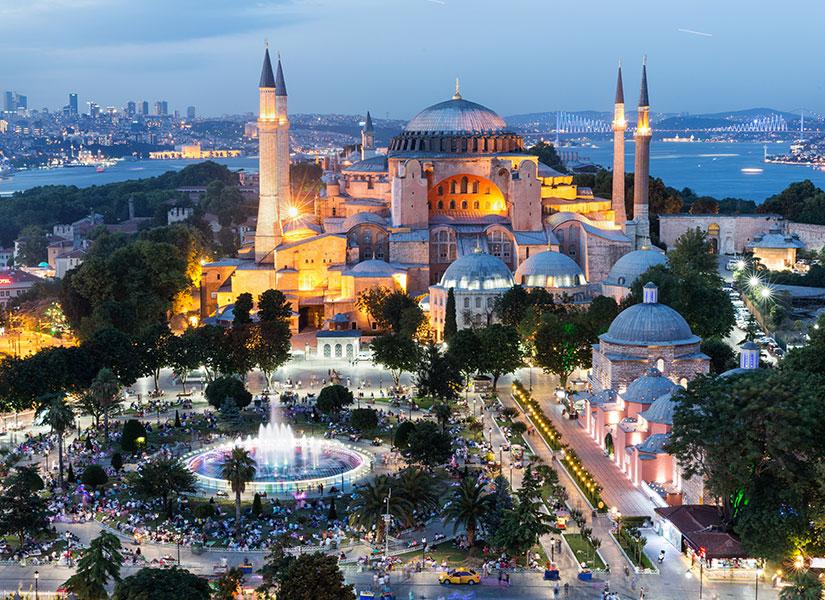
Between 1204 and 1261, the Hagia Sophia was the church of the Pope. In 1453 it was captured by the Ottoman Empire and converted into a mosque. The Ottomans added four minarets to the church, as well as a theological school and a public dining room
In 1935, Atatürk transformed the temple into a museum.
Exterior
Found in Istanbul’s highest point the Hagia Sophia dominates the Istanbul skyline. Its four minarets and 30-metre wide dome are the most enduring and most representative images of the Turkish metropolis.
Interior
The interior is stunning. The dimensions of the main hall (70×74 metres), the natural illumination, the enormous decorative medallions and the monolithic columns have left millions of visitors agasp over the years.
In the second floor of the basilica houses different mosaics of great historical interest, with the star of the show being the mosaic of Emperor Constantine and Empress Zoe adoring Christ.
As well as the mosaics, you can also find the tomb of Enrico Dandolo, Doge of Venice on the second floor, after his death in Constantinople in 1205.
Advice
Aside from trying to get there as soon as possible (long lines form at the entrance), don’t miss the views of the Blue Mosque from the windows on the second floor.
Blue Mosque

The Blue Mosque is the most important in Istanbul. Its name in turkish is Sultanahmed Camii, Mosque of Sultan Ahmed. It was built by said Sultan between 1609 and 1616, inaugurated in 1617 during the reign of Mustafa I.
Architecture
Although at first sight it seems to have similar dimensions to the Hagia Sophia, in reality, it measures about half its size. The central dome has dimensions of 23 metres diameter and is 43 metres high.
The Blue Mosque has six minarets which, when they were first built, caused uproar as the mosque in Mecca also had six. Later, and to placate devotees the Mecca mosque constructed a seventh to differentiate itself.
Interior
When entering the Blue Mosque you immediately understand its name: more than 20,000 blue tiles adorn the dome and the upper part of the mosque. All these tiles were shipped in from İznik a town famous for its tiles.
The illumination of the mosque comes from more than 200 stained glass windows, and the chandeliers that hang from the ceiling.
Advice
To enter the Blue Mosque, as well as the rest of the mosques in the city, you must wear the appropriate clothing and remove your shoes before entering. Women should cover their shoulders and hair. If you have nothing to cover yourself with, when entering you’ll be given what you need to enter.
During the hours of prayer, the mosque is closed to tourists.
Topkapi Palace
The Topkapi Palace symbolises the power of Constantinople during the Ottoman Empire, one of the three largest empires in history.

From this palace, the sultans governed the Ottoman Empire until the middle of the 19th century.
The construction of the palace began a little after Mehmed II took Constantinople. The initial palace was inaugurated in 1465, and over the decades that followed it was extended several times by the various governors.
In 1856 Sultan Abdulmecid decided to change the royal residence to the Dolmabahçe Palace, with a more western and modern style.
The Topkapi Palace
Over 700,000 square metres, the palace has four courtyards and several different buildings in its interior, including an armoury, kitchens, royal stables, treasury and much more.
In the same area (inside the walls of the palace) you can find the Archaeological Museum and several other buildings of interest.
The Treasury
Of the many different areas of the palace, one of the most important is the Treasury.
The Treasury has some of the most valuable objects in the world, such as the Spoonmaker’s Diamond (a 88-carat diamond which belonged to the mother of Napoleon) or the Topkapi dagger (the most expensive weapon in the world, made of gold and encrusted with emeralds).
The Hareem
The hareem was where the Sultan, his family and a group of between 500 and 800 women of high cultural standing and with special talents, lived. The Queen mother was responsible for the Hareem.
To access the Hareem you must buy a separate ticket.
Our Opinion
The Topkapi Palace is an obligatory visit in Istanbul. We recommend that you head there early, and visit the Treasury and Hareem first, both of which are the most popular sights in the complex, and get very busy as the day goes on.
Basilica Cistern
The Basilica Cistern, also known as the submereged palace is a resevoir constructed in the 6th century that makes for one of the city’s treasures.
The cisterns are deposits which were built so the city had water reserves should it be attacked. Another (more attractive) name for the Cistern is the “Submerged Palace“.
The Basilica Cistern was built during the reign of Justinian (527-565) to supply the Byzantine palace. the site (to which it owes its name) was beneath a basilica which no longer exists.
To fill the cistern, the aqueducts of Valente and Adriano were used, aqueducts which recieved water from the Belgrade forests, some 20 km from Constantinople.
Inside the Cistern
The Yerebatan cistern (its name in Turkish is Yerebatan Sarnıcı), is 140 by 70 metres in size, and holds up to 100,000 m3 of water.
The cistern boasts 336 9 metre high columns, with varied styles, having been recycled from many of the older structures and monuments.
The touristic route takes place on walkways which lie above the water. These were added towards the end of the 20th century, and beforehand the route took place by boat.
The heads of Medusa
Among the 336 columns of the basilica, there are two which have a medusa’s head as the base, the mythological monster who turned whoever looked at her into stone
There are several theories as to why these large heads were placed inside the cistern, but the most widely accepted theory is that they were put there for practical reasons, simply as the base of the column.
Our Opinion
The Cistern Basilica is an oasis of calm in the middle of bustling Istanbul: its soft lighting, music in the background and refreshing cool coming from the water makes this an unmissable visit.
Galata Tower
The Galata Tower (Galata Kulesi in Turkish) is one one of the oldest towers in the world. From the top you can find some of the very best views of Istanbul.
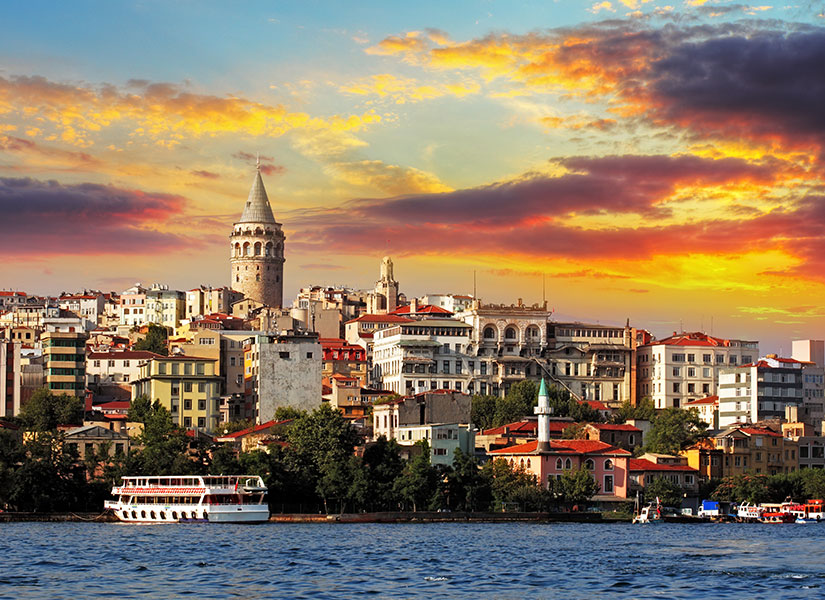
The first Gálata Tower was built from wood in 528 as a lighthouse, and in 1348 it was rebuilt by the Genovese with the name ‘Tower of Christ’.
During the conquest of Constantinople in 1453, the tower was occupied by Sultán Mehmet II.
Dimensions
Its height of only 61 metres, is not the most striking thing about its size. In reality, the most surprising part is the diameter and thickness of its walls.
The base of the tower measures 16.5 metres on the outside and 8.9 inside, meaning the walls are 3.7 metres thick at the base!
The thickness of the walls decreases as you climb the tower, and at the top, it’s only 20 centimetres thick.
Our Opinion
Climbin the Galata Tower gives you the best views of Istanbul. If you want to immerse yourself yet more in history when getting there you can get there on the Tünel Funicular from the Galata Bridge.
If you would like to make the most of a special night, the Galata Tower puts on various dinners with shows, open bars and dancing. The price is around €65.
Dolmabahçe Palace
The Dolmabahçe Palace substituted the Topkapi Palace as the residence of the sultans between 1856 and the end of the caliphate in 1924, when Turkey was proclaimed a republic.
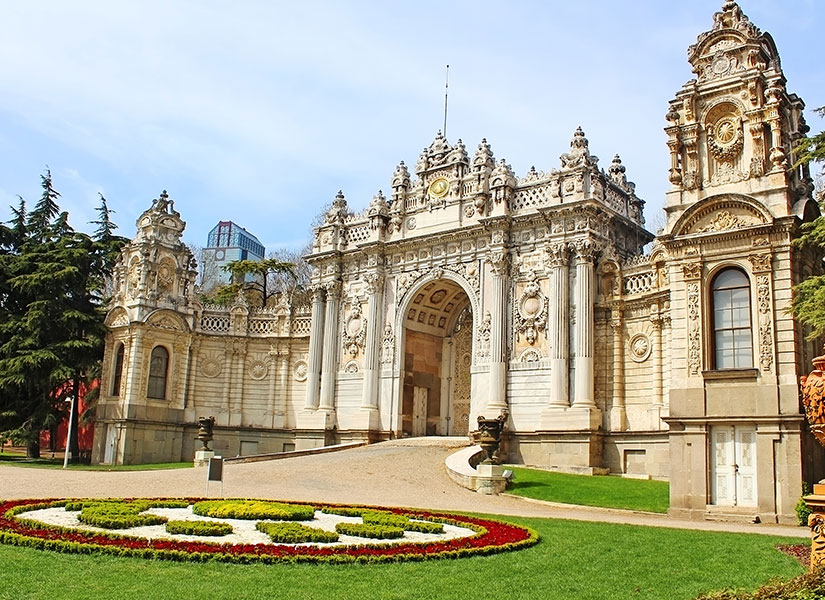
The palace style is a combination of Western baroque, rococo and neoclassical design mixed with traditional Ottoman style.
The palace was constructed between the years 1843 and 1856, on the orders of Sultan Abdülmecid. Four different architects from the Royal Ottoman Architecture Department had a hand in its construction.
With a facade more than 600 metres long and a surface of 15,000 square metres, the Dolmabahçe Palace is the largest building in the country. Inside there are 285 bedrooms, 43 halls, 68 bathrooms and 6 Turkish baths.
in 1984 the palace was converted into a museum.
Visiting the Dolmabahçe Palace
The visit is broken into four parts: Selamlik, Hareem, Clock Museum and Glass Pavillion. The most important and impressive parts are the first two.
Selamlik
This part plays host to the administrative and official halls and is the most striking part of the palace. Of special not are the Glass Staircase and the Throne Room. This last hall, due to its dimensions (2000 square metres and 36 metres tall) and ornamentation (56 columns and the largest chandelier in the palace) is overwhelming in its opulence.
The Hareem
The hareem were the private quarters of the Sultan and his family. This part of the palace is a little less interesting than the first, and the visit doesn’t last quite as long.
To visit Selamlik and the Hareem, you have to do so in a group. Guided tours take place in English and Turkish, although should you wish there are guidebooks in other languages.
Our Opinion
Although the Dolmabahçe Palace has a handfull of rooms that will take your breath away, its Western style, relative distance from the centre and the fact you can only explore it as part of a guided tour mean it loses some points. We recommend that you visit it only if you have time to spare, if you’re staying only for to or three days there are more important sights to see.
If you decide to visit the palace we recommend that you do so as early as possible: as the day goes on and more people arrive, tour groups can be very large, somewhat spoiling the visit.

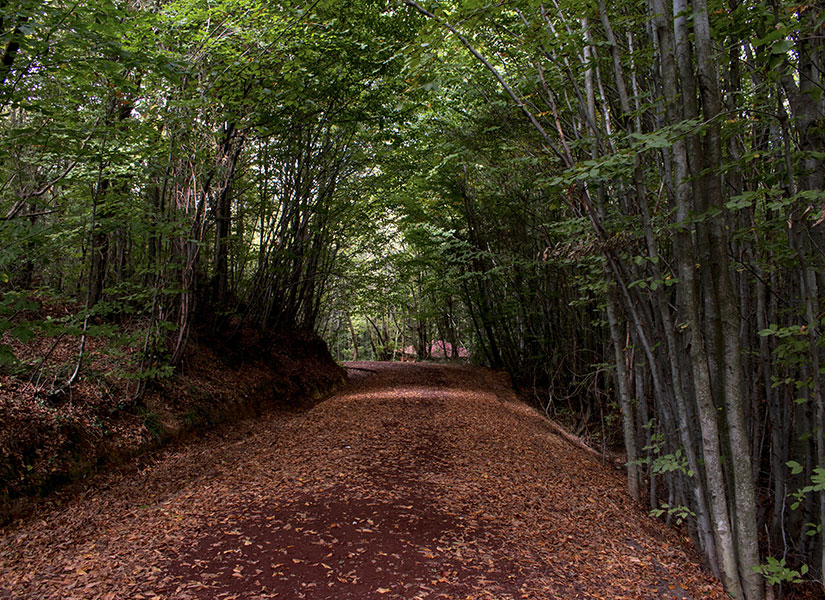
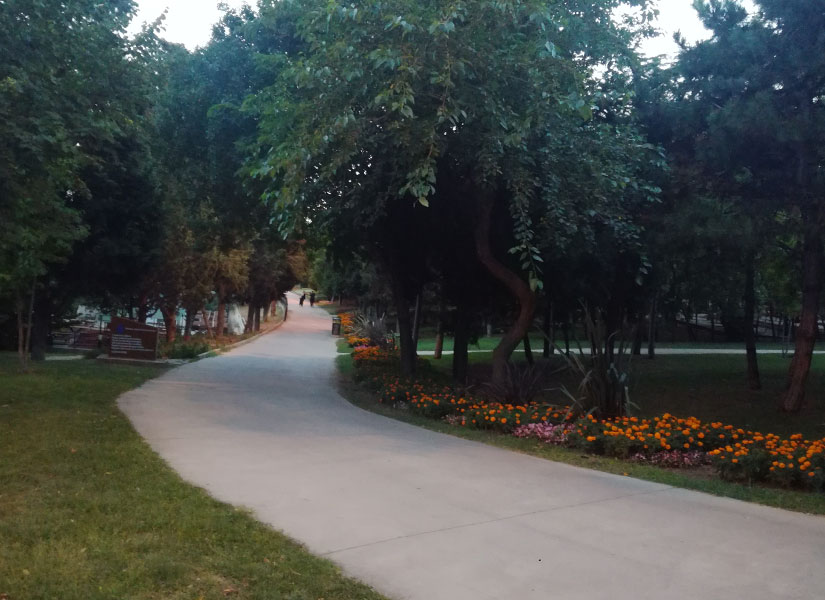
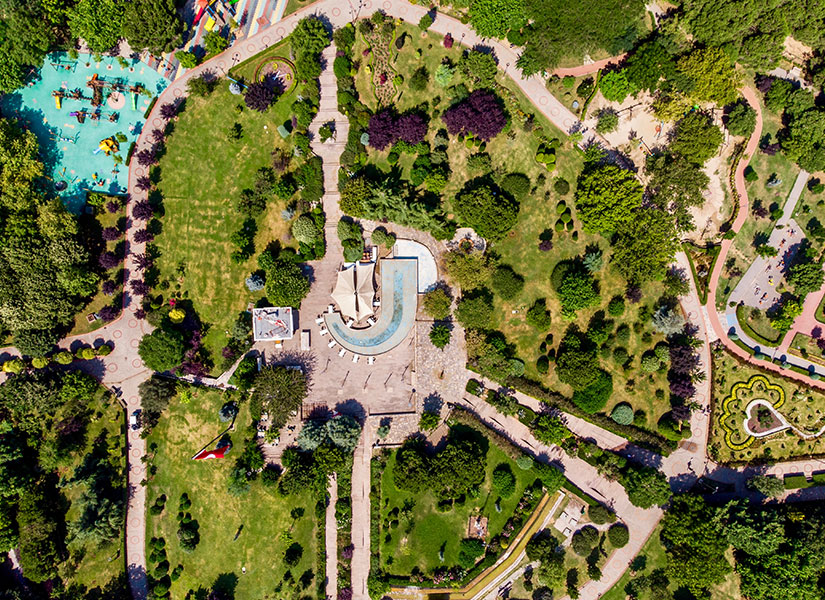
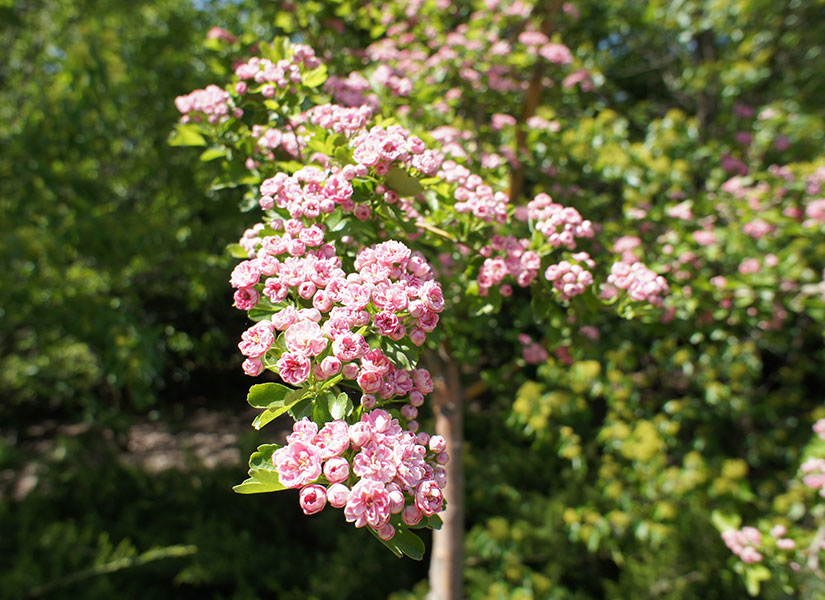
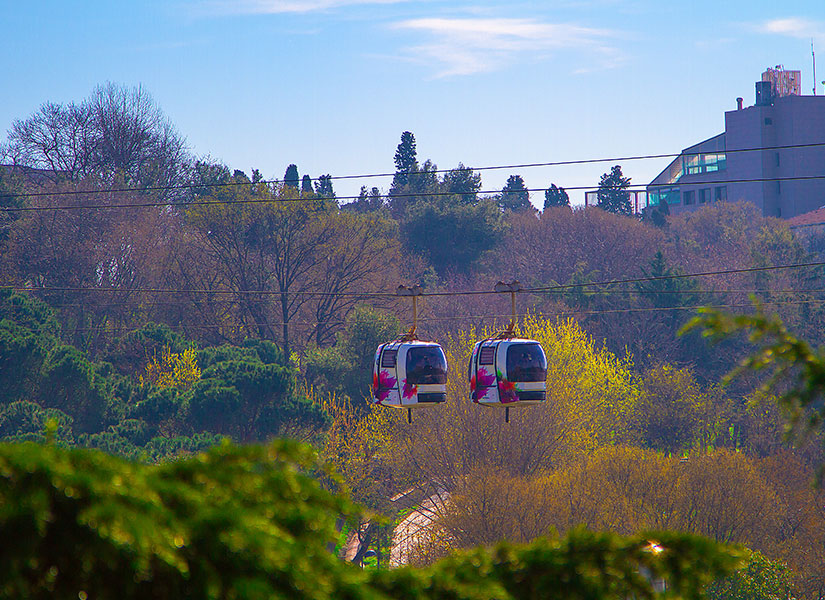
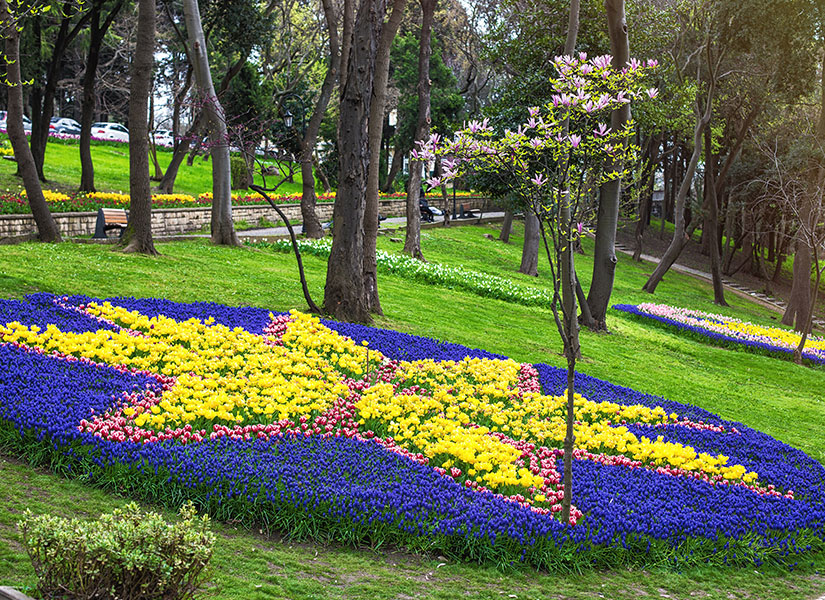
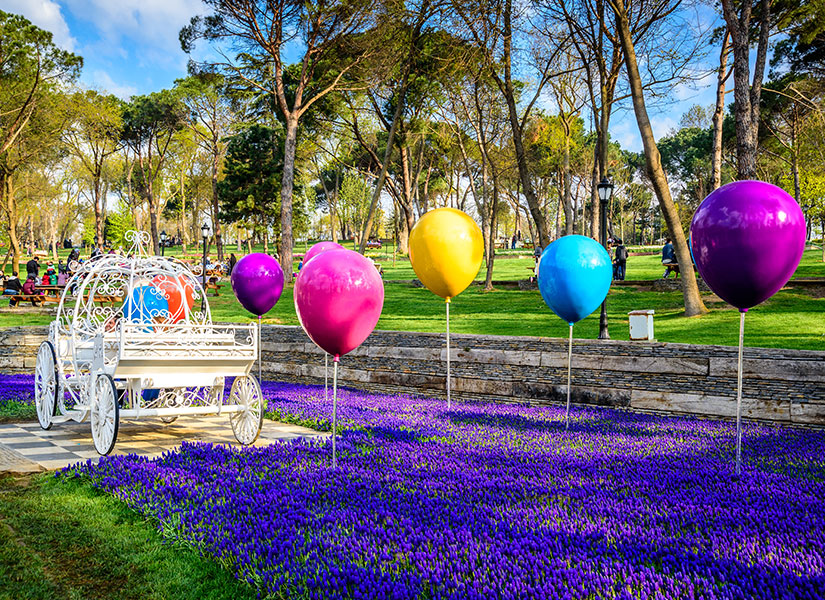
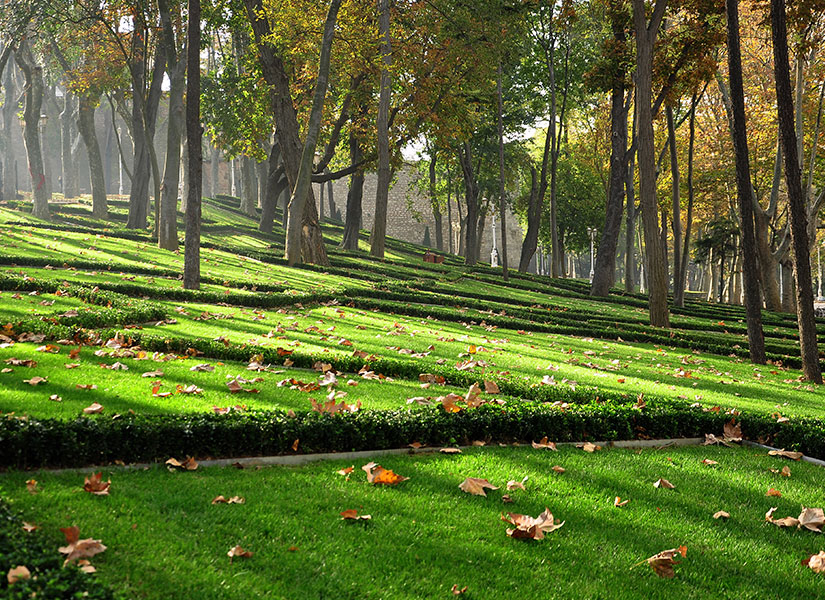
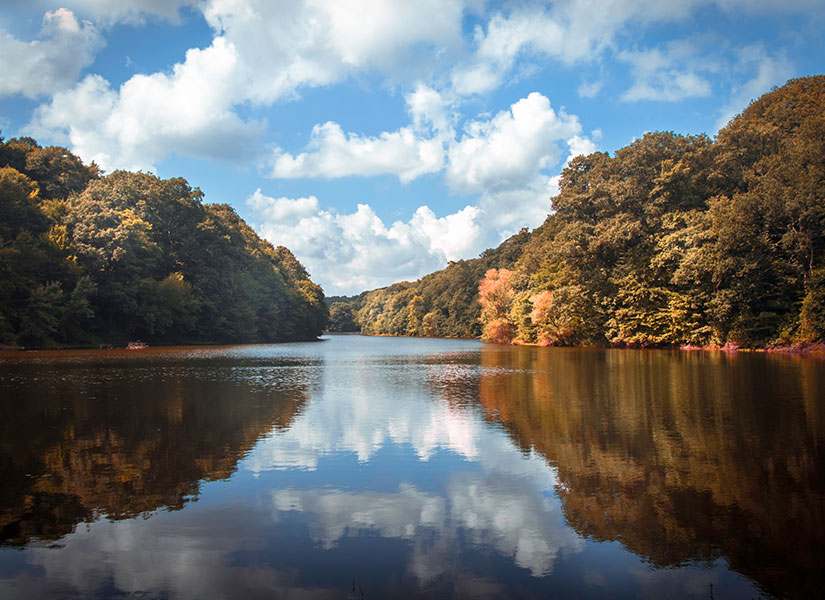
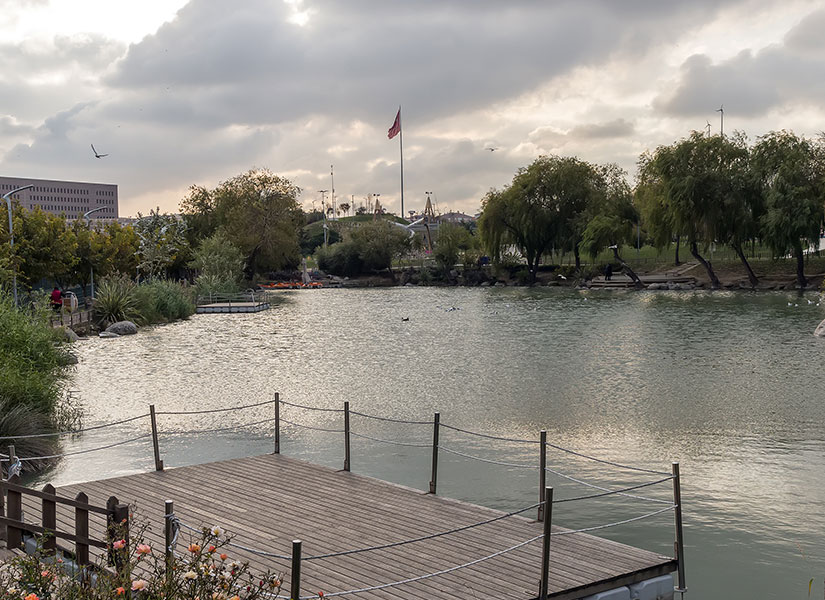
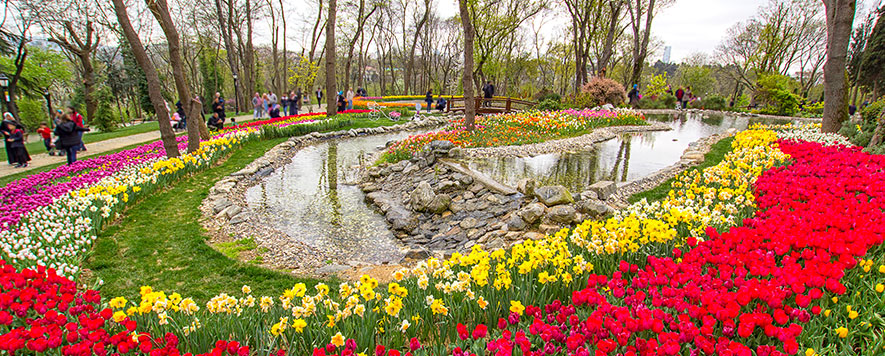
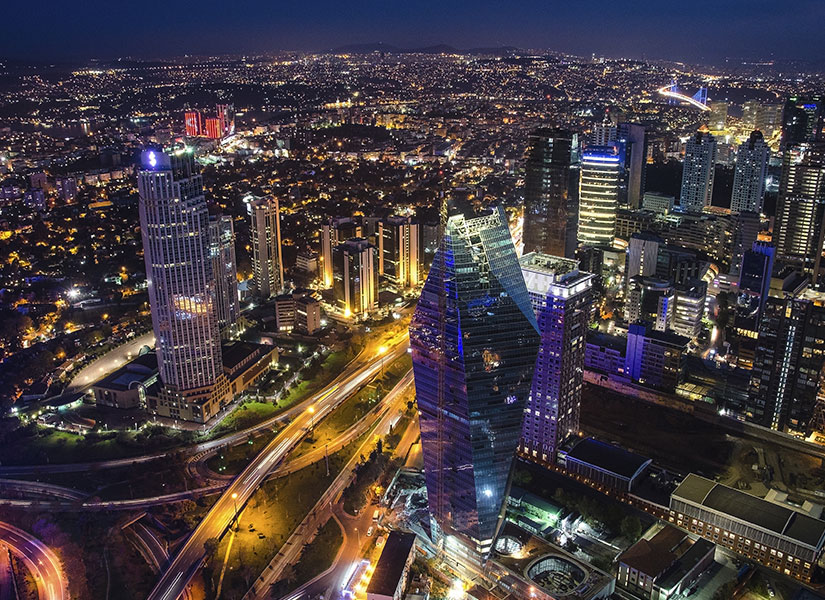
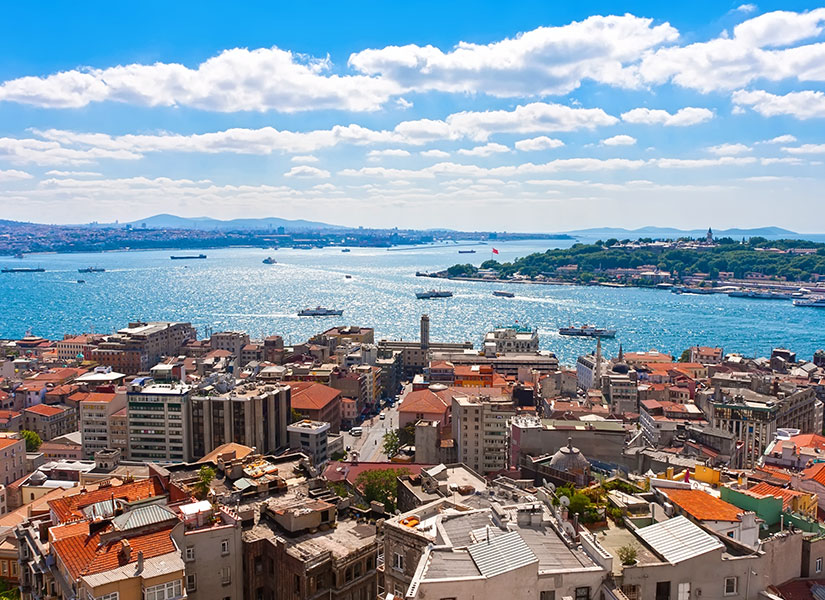
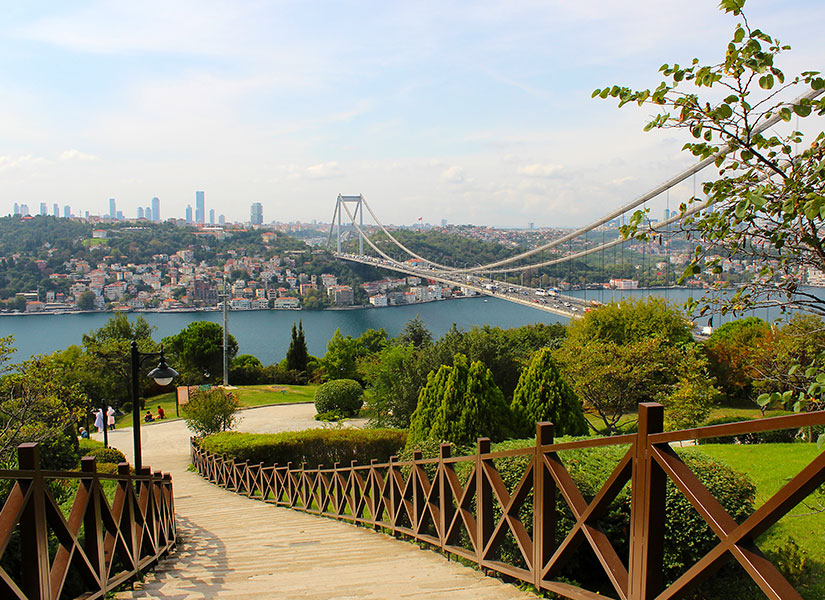
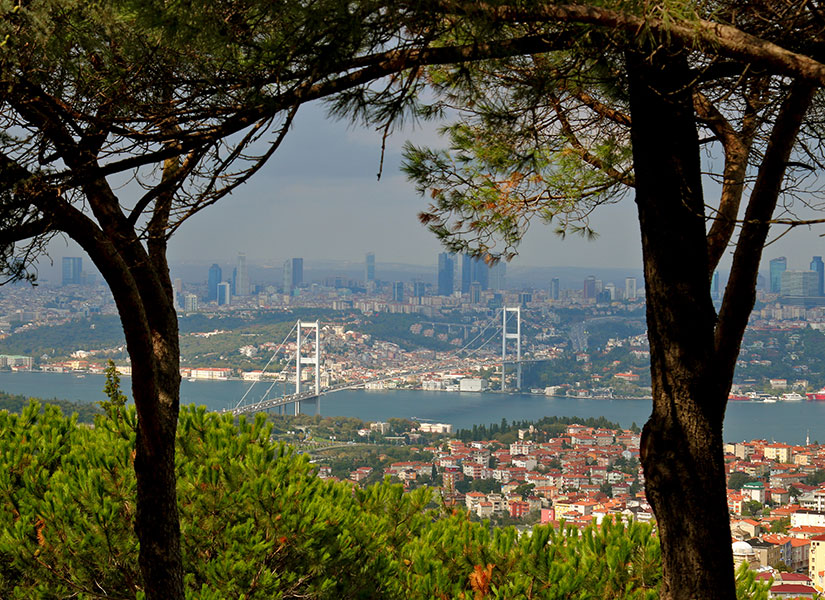
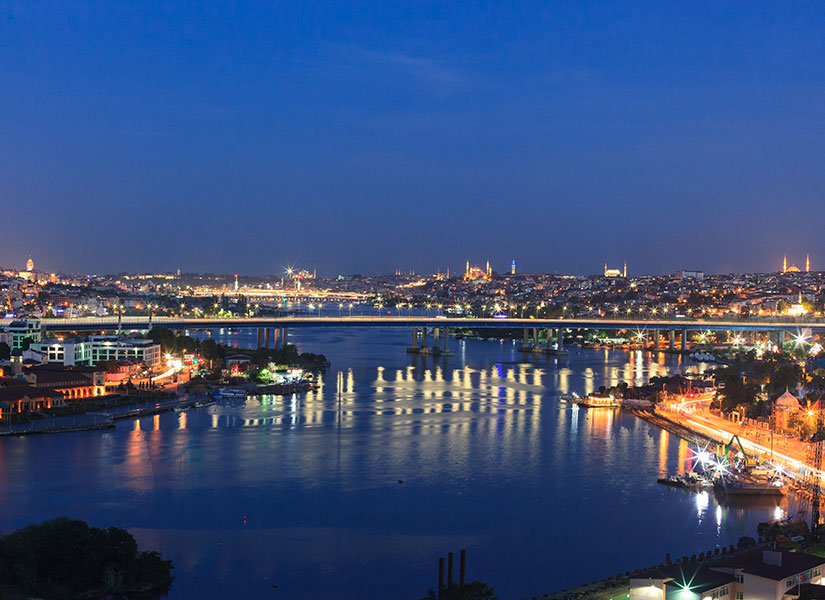
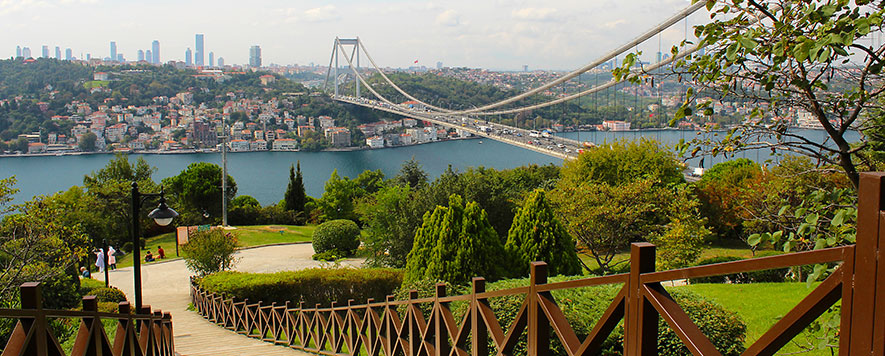
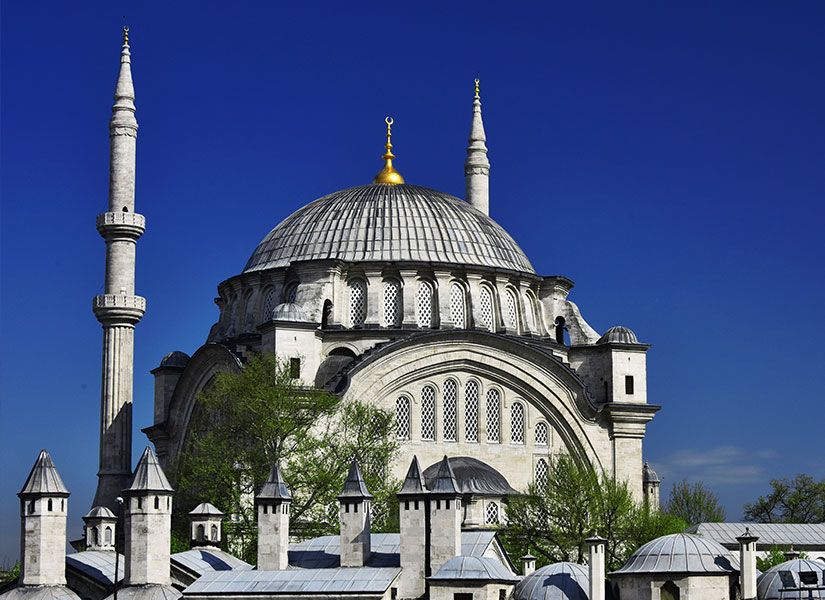
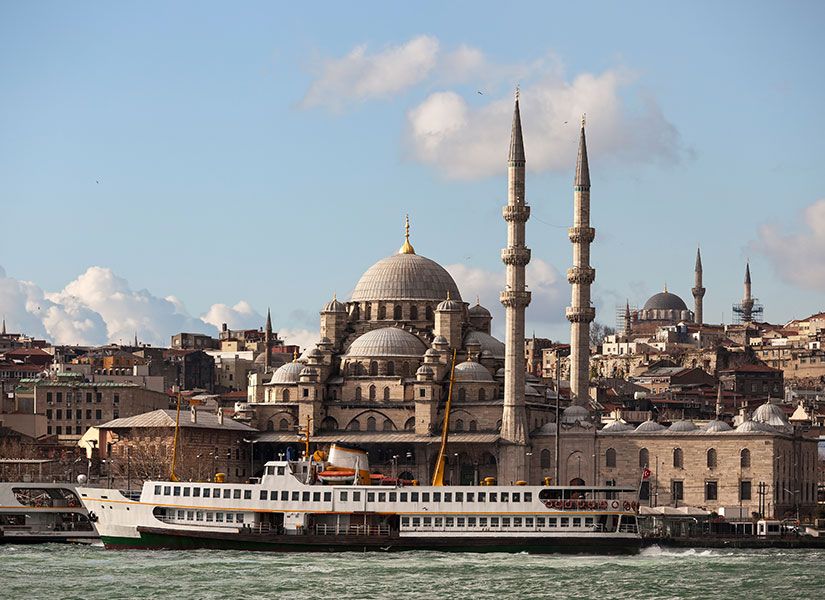

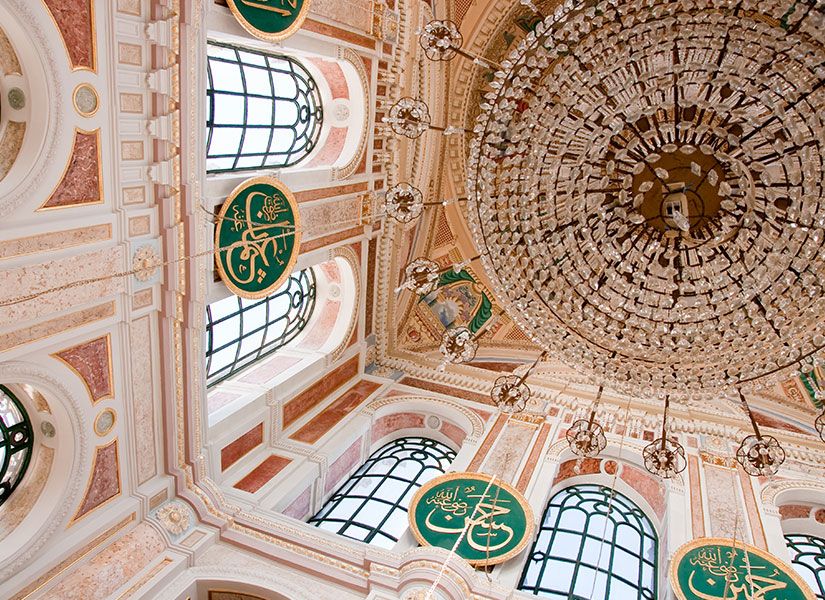
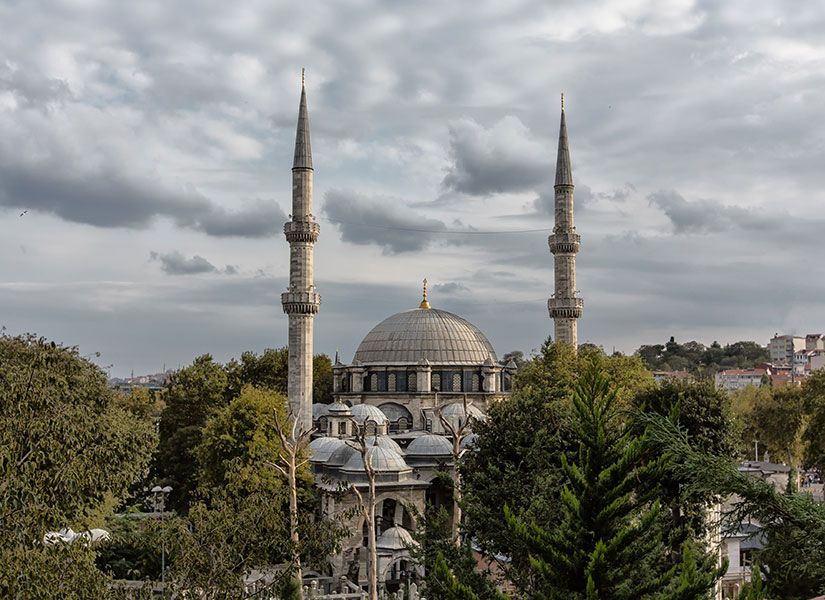
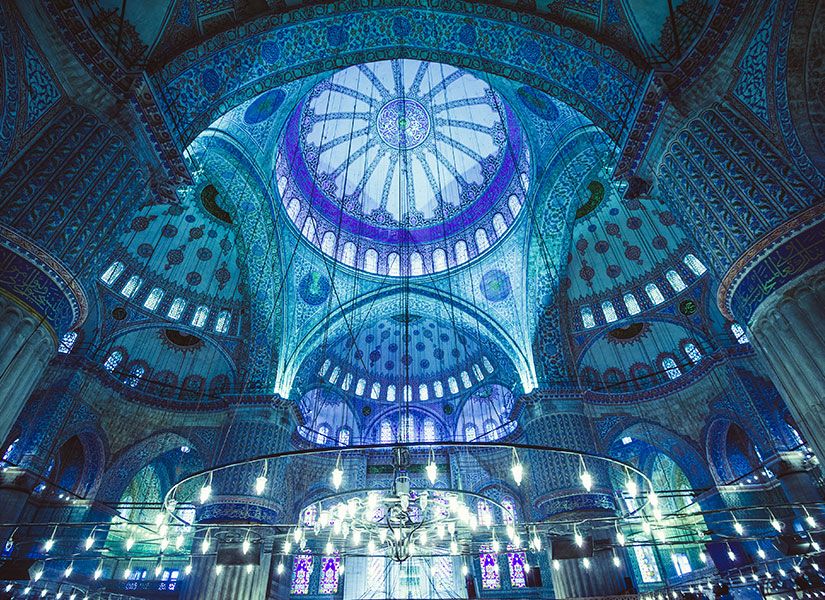
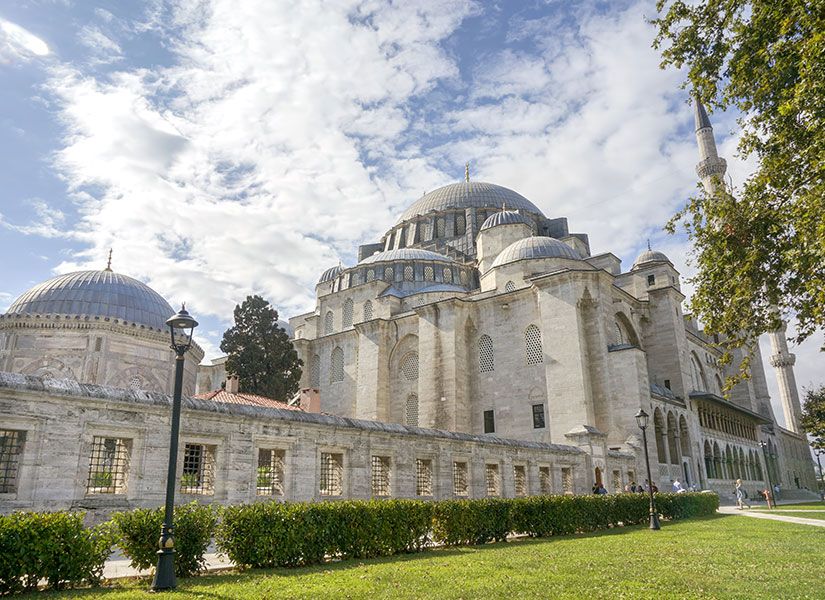
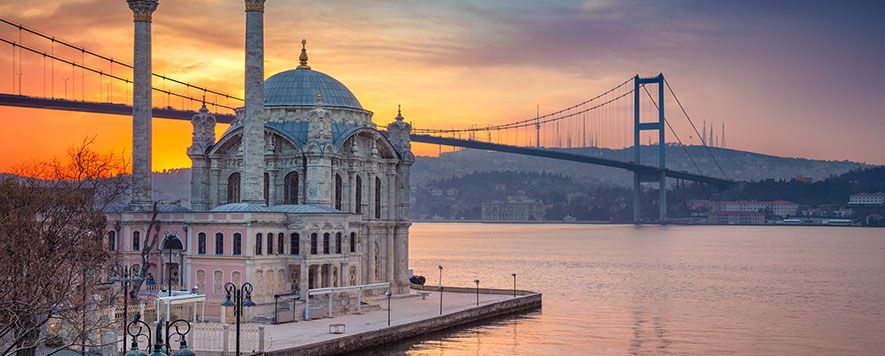
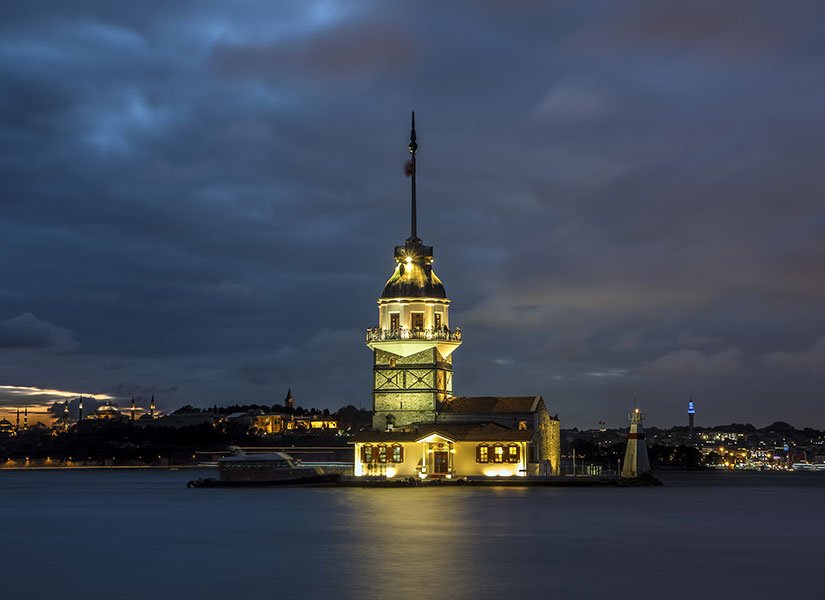

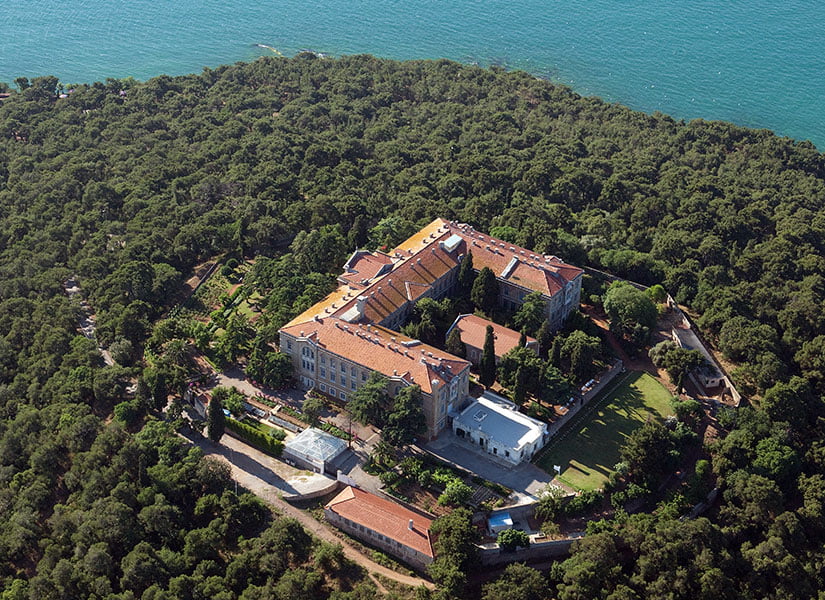
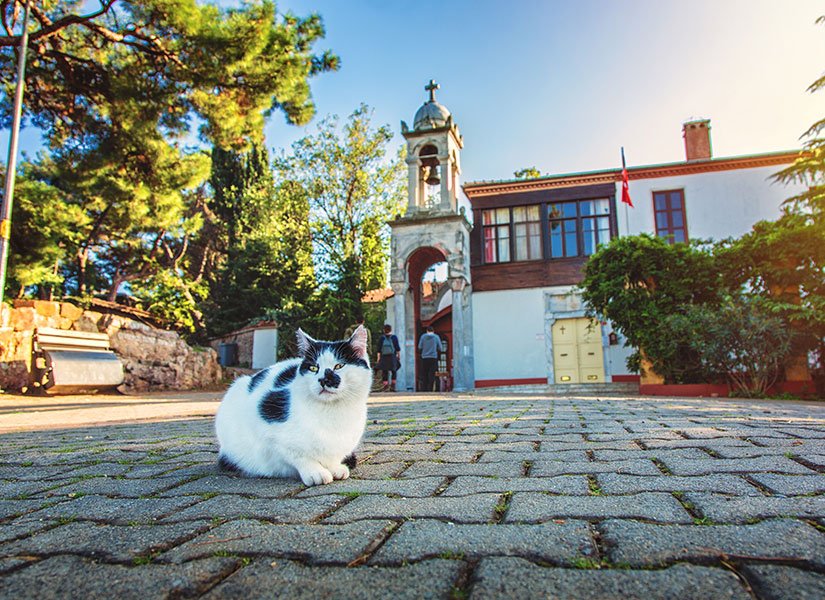
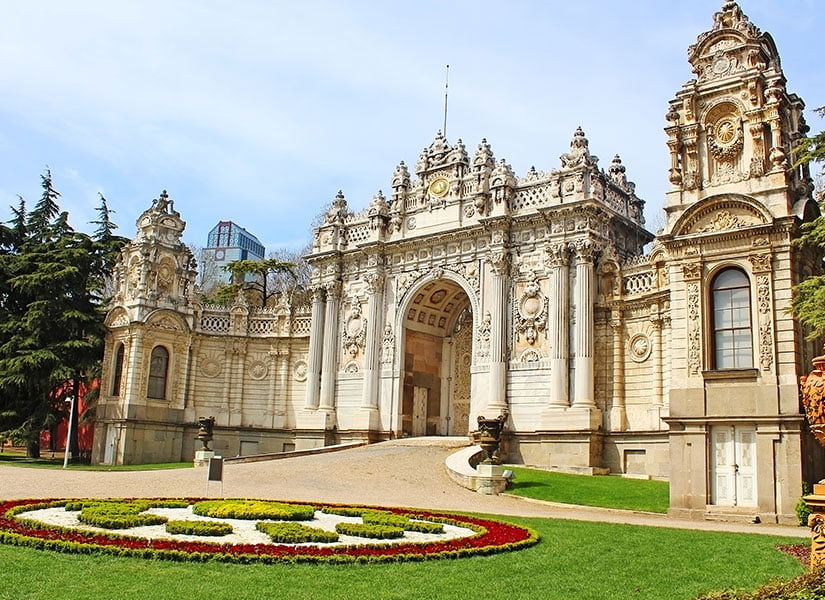
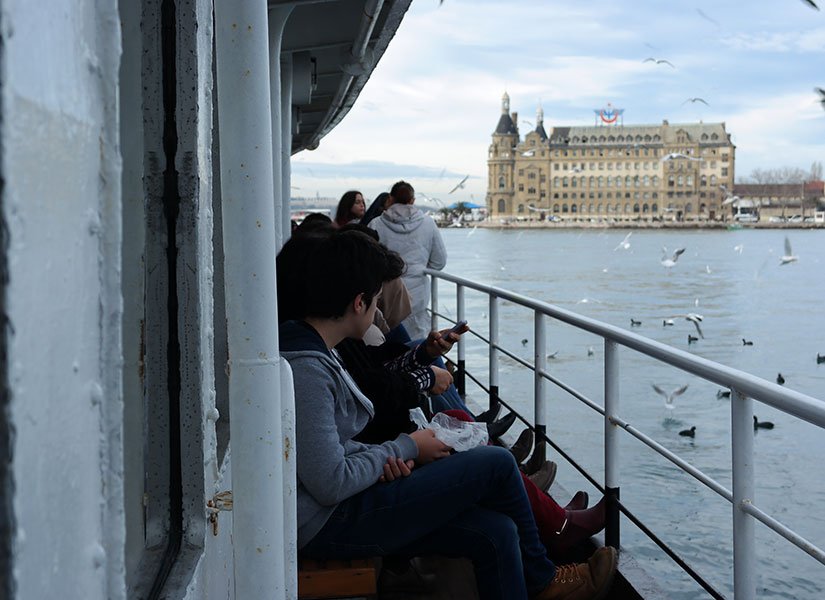
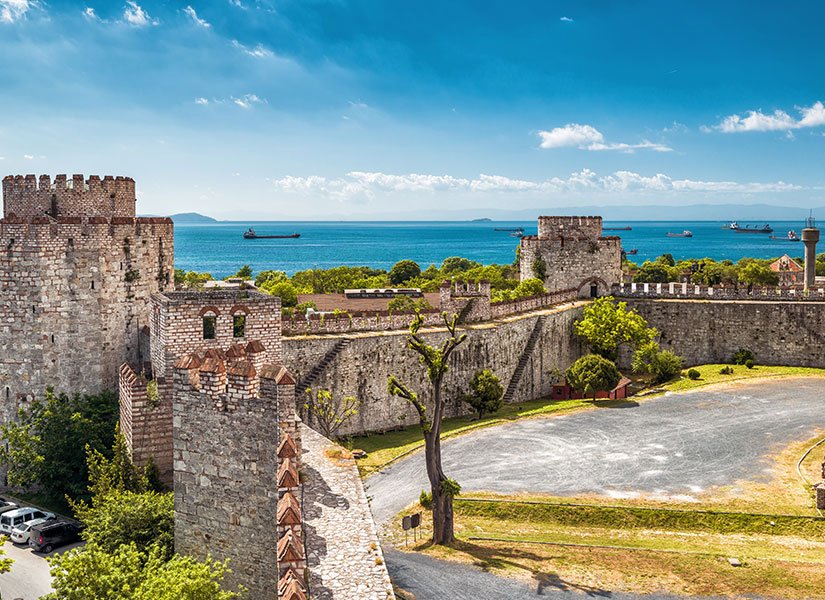
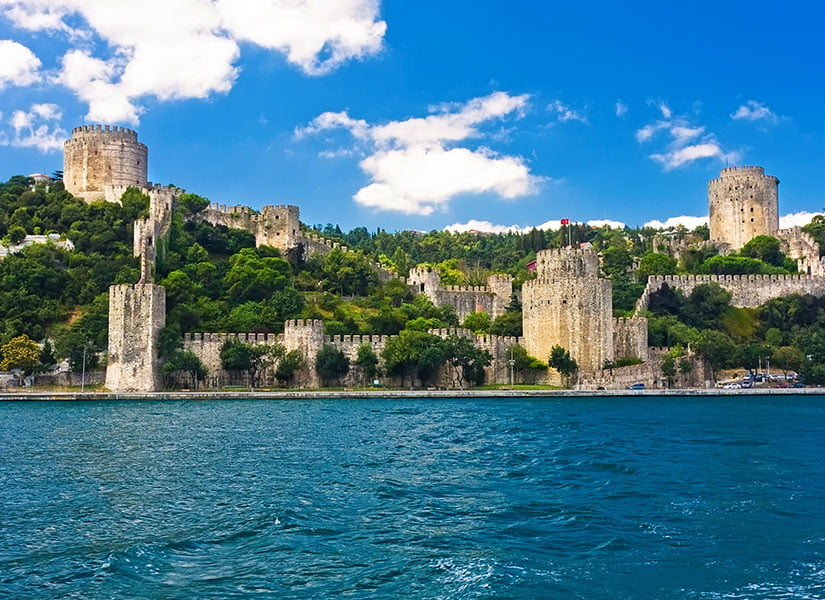

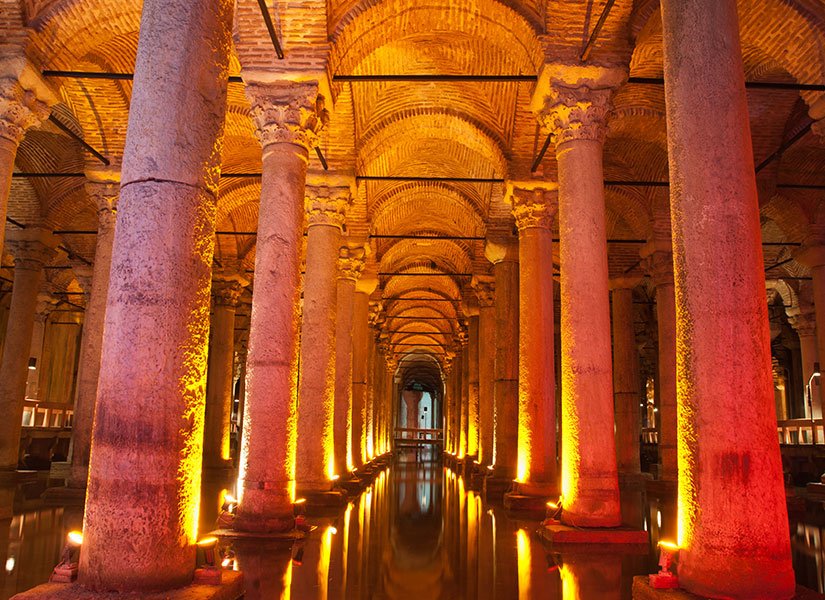
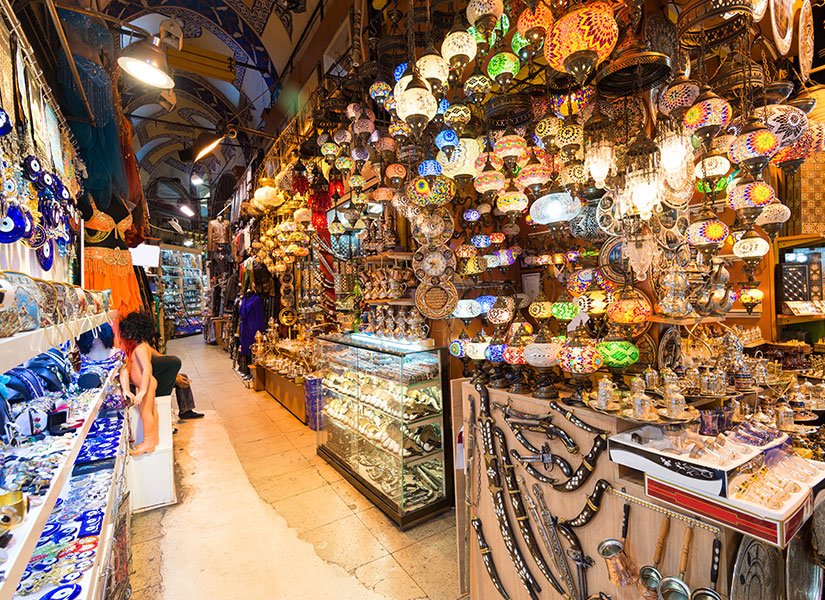
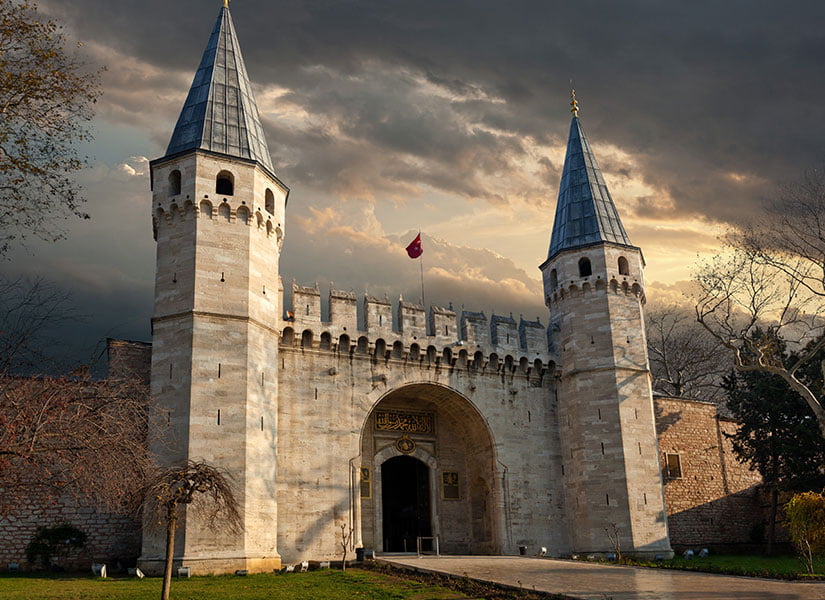
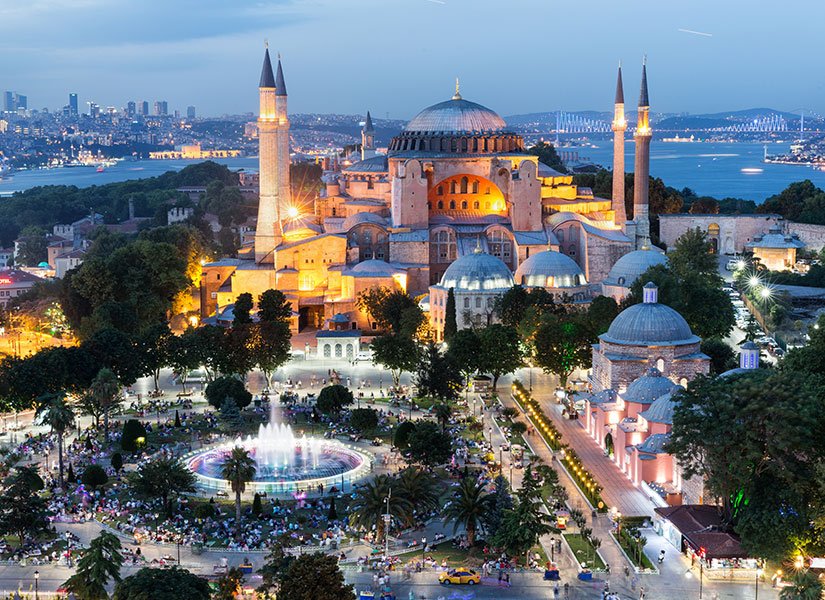

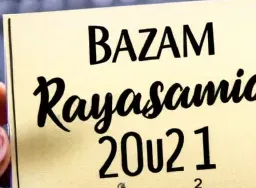












Yorumlar kapalı.